Balance Sheet DefinitionOne of the most crucial financial records for any business, big or small, is the balance sheet. It provides a current picture of a company's cash situation. A summary of a company's assets, obligations, and equity can be found on its balance sheet. It is a crucial instrument for determining a company's financial standing and aids in making defensible business choices. 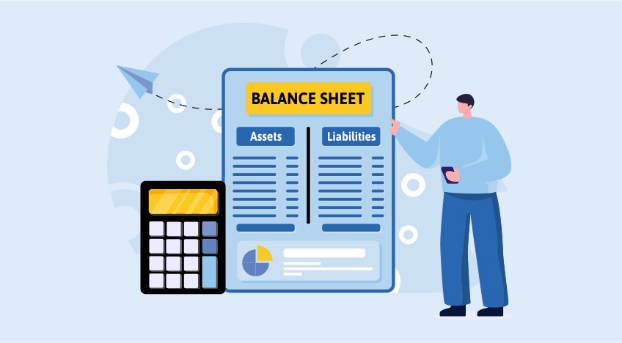
What is a Balance Sheet?A business's assets, obligations, and equity are displayed on a balance sheet, a financial statement. The statement of cash situation is another name for it. One of the three main financial documents used to evaluate a company's financial standing is its balance sheet. The other two are a cash flow statement and an income statement, which show revenue and expenditures and summarize cash inputs and withdrawals. A company's solvency, creditworthiness, and financial situation are evaluated using the balance sheet. It also provides a foundation for determining financial ratios that investors use to assess the success and stability of the business. The Basic Structure of a Balance SheetAssets, obligations, and equity are the three major categories that make up the balance sheet. Resources that belong to the business and have commercial worth are called assets. The company's bills and responsibilities are referred to as liabilities. Equity is the portion of a company's ownership that reflects its financial value. The Basic Formula For the Balance Sheet is Assets = Liabilities + Equity AssetsAn asset has commercial worth that a person or organization owns. A business might possess property such as a structure, machinery, or money. A company's balance sheet, a financial statement that details its assets and obligations, includes information about its holdings. Because they reflect an economic value that can be used to produce income, investments are significant to a business. Current and non-current assets can both be categorized. Currency accounts are outstanding, and inventory is a resource that can be turned into money within a year. Non-current assets include physical resources like buildings and machinery and intangible assets like patents, copyrights, and trademarks that cannot be turned into currency within a year. Because they reflect an economic value that can be used to produce income, assets are significant to a business. 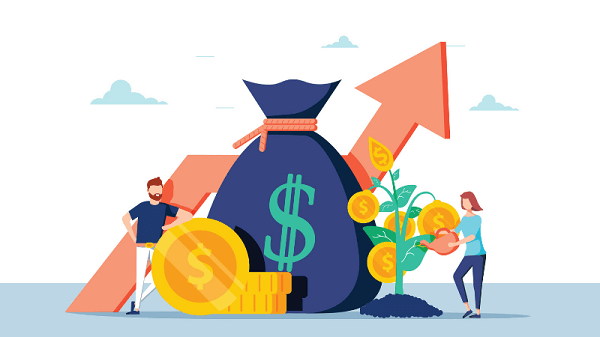
For instance, a company can make money by selling its inventory or creating products and services using its facilities and tools. Assets can be used to pay off debts or act as a safety net in case of losses, contributing to a sense of financial security. The market worth of an object establishes its value. This quantity can be anticipated to be made after the commodity is sold on a free market. An asset's book value, or the price at which it was initially purchased, may not match its market worth. Furthermore, assets can be categorized as either physical or immaterial. Buildings and machinery are visible assets, whereas patents, copyrights, and logos are intangible assets. Because they give a business a competitive edge in the market, intangible assets are significant. Investments not only have commercial worth, but they can also be used to pay off debt. When a business loans money, the investor might ask the business to put up assets as security. If the company fails on the debt, the collateral protects the lender. The balance statement of a business must include assets because they show how financially sound the business is. A company's assets should be monitored closely to ensure that they are being used efficiently and properly valued. Investments are also important to lenders, who use them to measure a company's financial stability. LiabilitiesAny debt or obligation that is due by a person or organization is called liability. A company's liabilities are a significant line item on its balance statement and vital to its financial health. Obligations are another liability name, typically categorized as ongoing or long-term liabilities. Accounts payable, taxes due, and salaries expected are examples of current liabilities that must be settled within a year. Long-term liabilities are debts, contract commitments, and deferred income taxes that must be repaid after one year. 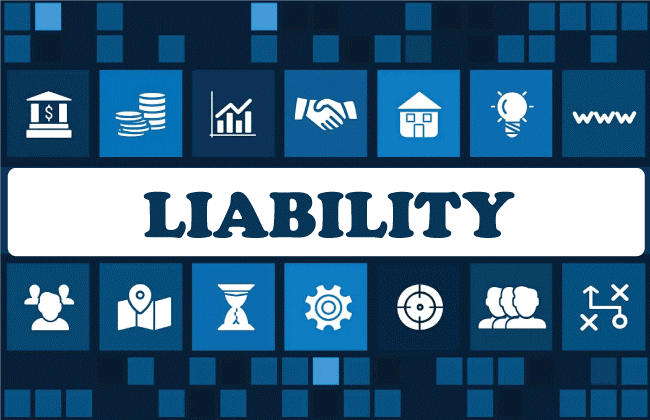
Liabilities are a crucial balance sheet component because they give information buyers and debtors can use to evaluate a company's financial situation. Liabilities can be used to assess the financial health of various businesses and are frequently used to gauge the danger a company is exposed to. The multiple categories of obligations must be understood when analyzing a company's balance statement. For instance, present liabilities, which must be paid shortly and may strain a company's financial flow, are typically more problematic than long-term liabilities. Understanding the different categories of obligations, such as accounts due, taxes owed, and long-term debt, that make up the balance sheet is also crucial. It's critical to consider how the liabilities are financed in addition to the different kinds of liabilities. Funding for liabilities may come from currency, equity, or loans. Cash funds typically show that a company has the resources to meet its responsibilities. In contrast, liabilities funded by the stock show that a company relies on shareholders to meet its obligations. Liabilities are an important aspect to consider when examining a company's balance statement. Understanding the different kinds of liabilities and how they are financed is crucial because it sheds light on the company's financial stability and risk profile. Liabilities can give debtors and investors essential information about a company's capacity to fulfill its commitments. EquityA company's balance statement includes equity, also known as owners' or stockholders' equity. It is calculated by deducting liabilities from assets to determine how much money would remain for stockholders if the company's assets were sold and its bills were settled. Because it reflects the owners' claim on the company's assets and is the remaining value given to stockholders after all obligations have been determined, equity is significant. The term "equity" is frequently used to characterize a business's control arrangement; proprietors of a company are often referred to as shareholders or stockholders. Equity is also used to refer to the money that shareholders invest in a company; when a company issues shares, the money it receives from shareholders is referred to as equity capital. Equity capital is important for a company to grow and develop; it is often used to finance expansions, purchase new equipment, and hire new staff. 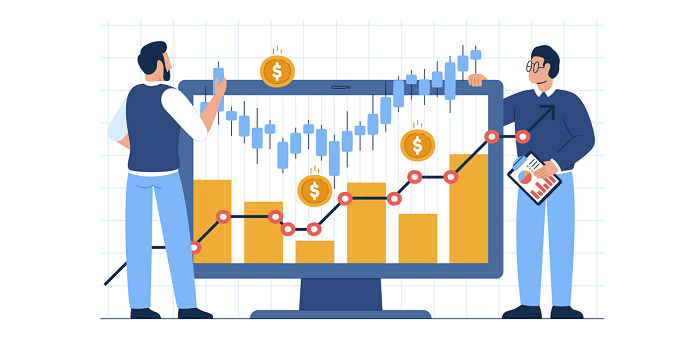
The financial success of a business is also gauged using equity. Equity is frequently used to assess a company's financial standing and to determine a company's capital worth. The net worth of a company's assets is represented by the book value, which is calculated by deducting obligations from assets. Equity also gauges a company's return on investment (ROI). The ROI is determined by dividing a company's total revenue by its stock. A greater ROI shows that the business is earning more money than it is losing, making it more lucrative the higher the ROI. Lastly, equity is a crucial part of a company's balance statement because it shows the value of its assets less than its obligations. A company's assets must exceed its obligations for a good equity balance. This suggests that the business is fiscally stable and will likely be able to settle its debts. Conversely, if a company has a negative equity balance, it indicates that its obligations exceed its assets and will probably be difficult to pay off its debts. Interpreting a Balance SheetA balance statement can give important information about a company's financial situation. Examining the assets, obligations, and ownership on a balance sheet and their connections is part of the analysis process. A solid percentage of purchases to duties indicates a sound balance sheet. This shows the business has sufficient assets to pay its bills and responsibilities. A healthy balance statement also indicates the company has the cash to pay its immediate debts. It's crucial to assess the equity portion of the balance statement. A business with much equity has a stronger financial situation than one with little equity. This shows the company has enough cash to spend and expand its business. What is the Importance of a Balance Sheet?A balance sheet is one of any company's most vital financial records. It summarizes the company's financial situation at a particular moment, including assets, obligations, and equity. It provides a quick glimpse of the company's financial position and can be used to evaluate other financial measures such as liquidity and debt. A balance sheet is a key tool for financial planning and analysis. By examining the balance sheet, managers and investors can assess the company's current financial position, identify potential risks and opportunities, and plan for the future.
A balance sheet is a crucial instrument for organizing and analyzing finances. It offers a snapshot of the company's financial situation to evaluate liquidity, debt, and other economic measures. It is also helpful for tracking the company's financial progress and equity arrangement over time. Because of these factors, the balance sheet is crucial for any company. 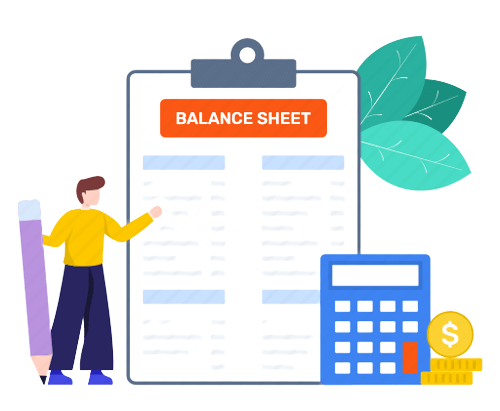
ConclusionThe balance sheet is an essential financial statement that summarizes a company's assets, obligations, and equity. It is used to compute financial ratios that buyers use and to evaluate a company's financial health and solvency. Examining the assets, obligations, and ownership on a balance sheet and their connections is part of the analysis process. A powerful ratio of assets to commitments and a sizable quantity of equity are indicators of a sound balance sheet.
Next TopicBar Graph Definition
|
 For Videos Join Our Youtube Channel: Join Now
For Videos Join Our Youtube Channel: Join Now
Feedback
- Send your Feedback to [email protected]
Help Others, Please Share










